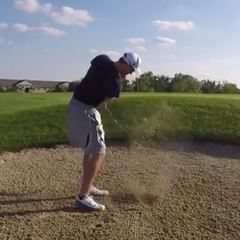IGNORED
The Backswing Ends at ~P2
-
Topics Being Discussed Right Now on The Sand Trap
-
"5 Minutes Daily" Practice Challenge 1 2 3 4 1022
By iacas, in Instruction and Playing Tips
- 5 minutes daily
- dedication
- (and 6 more)
- 18,393 replies
- 1,886,707 views
-
- 4 replies
- 80 views
-
- 2 replies
- 148 views
-
- 409 replies
- 123,421 views
-
- 8 replies
- 351 views
-







Recommended Posts
Create an account or sign in to comment
You need to be a member in order to leave a comment
Create an account
Sign up for a new account in our community. It's easy!
Register a new accountSign in
Already have an account? Sign in here.
Sign In Now